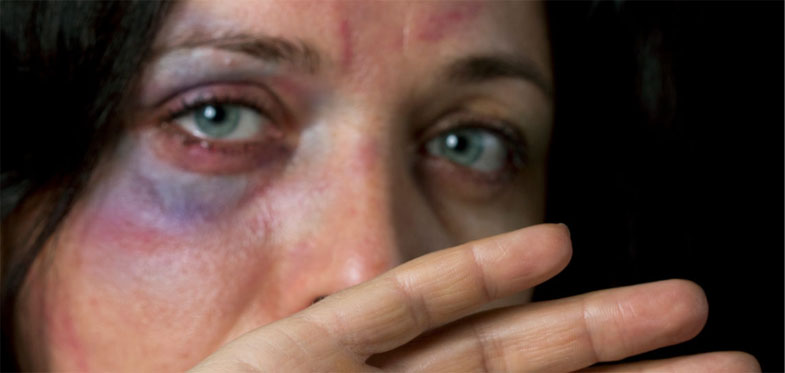Statistics Regarding Domestic Violence
Domestic violence is a serious problem

Statistics show that women are victimized at a much higher rate than men are. According to national studies by multiple organizations, 84 percent of domestic violence victims are women.
However, the National Coalition Against Domestic Violence reports that approximately 835,000 men are physically abused by an intimate partner each year. This organization also reports that about 20 people are physically abused by an intimate partner in the United States every minute. This results in about 10 million men and women being victimized each year.
Additionally, one in three women and one in four men report being the victim of some type of physical violence by a romantic partner at some point in their lifetime with one in five women and one in seven men reporting the abuse as being severe physical violence.
Problems with Reporting Male Domestic Violence

Sometimes courage becomes a habit where you can develop it by practicing whenever you have a tendency to back off so you much force yourself to go forward.
There is a problem with male victims and reporting instances of violence. Women are 7 to 14 times more likely to report domestic violence than men are. This underreporting is possibly due to stereotypes regarding men and women. The American culture emphasizes male domination, prowess and strength. Being a victim of domestic violence does not correspond to this stereotype. Additionally, gender norms associate men with being naturally stronger than women, causing many men to believe that they can handle the situation and choosing not to report the events. Much of the discourse regarding domestic violence is based on women victims.
When men do report instances of domestic violence, law enforcement officers may not take the allegations seriously. Additionally, there are far fewer resources available to assist male victims of domestic violence than there are to assist female victims of domestic violence. Some men may be afraid that if they report domestic violence they may even be accused of inflicting the abuse.
Effects of Domestic Violence

Men suffer many of the same effects as female victims of domestic violence. Domestic violence correlates to alcohol and drug abuse, higher rates of suicide and depressive episodes. Men may also suffer physical injuries inflicted by intimate partners.
Protections for Male Victims of Domestic Violence
The laws regarding domestic violence apply directly to men. For example, the Violence Against Women Act applies equally to men as it does to women. Due to the rampant problem of domestic violence and the thousands that suffer from it, it is important that men receive advocacy on their behalf. Rather than focusing on efforts specifically targeted to violence against women, a consideration is to shift the focus to intimate partner violence regardless of the sex of the victim.
Signs of Domestic Violence
In order to combat domestic violence, it is important to recognize the signs of domestic violence. Some signs of an abusive relationship include:


